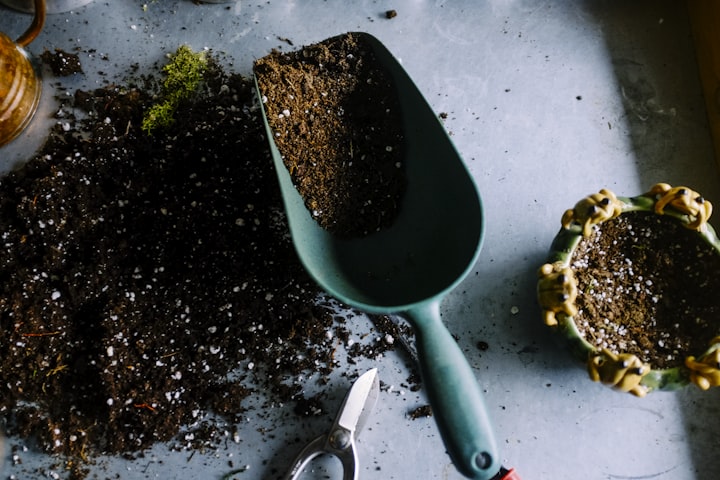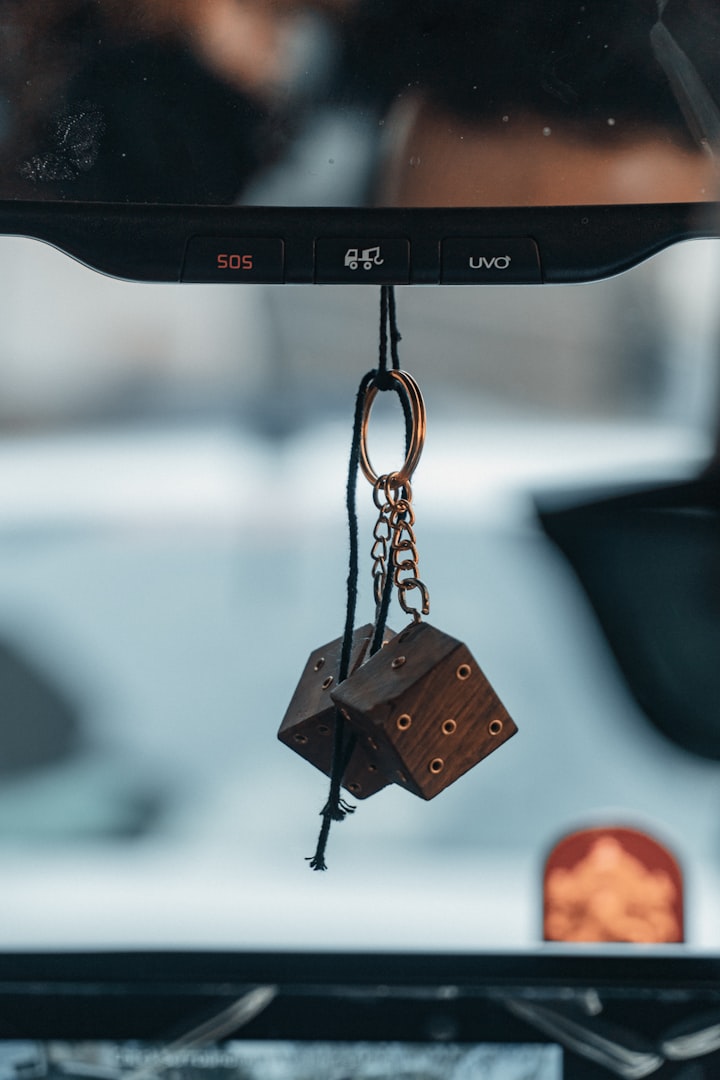10 Gardening Tips for Beginners Who Want a Thriving Yard
Read this article to learn more…

Are you a beginner who dreams of having a lush, vibrant yard? If so, you’re in the right place. Gardening can be a rewarding and enjoyable hobby, but it can also be intimidating if you don’t know where to start. Fortunately, there are plenty of tips and tricks that can help you get your garden off the ground. In this blog post, we’ll share 10 of the best gardening tips for beginners.
1) Start with a plan
Starting a garden can be exciting and overwhelming at the same time. Before you start, it is important to take the time to plan out what you want your garden to look like.
Start by determining the size of your garden and then identify which plants you would like to grow. Do research on what types of plants will thrive in your climate and consider things like sun exposure, soil type, and water availability.
Take notes on your findings and use them as a basis for your garden plan. Visualize what you want your garden to look like and draw up a diagram with measurements so that you know where everything should go. This will help make the actual planting process much easier.
2) Consider your climate
When gardening, it's important to consider your local climate. Different plants have different preferences when it comes to weather and sunlight. Some plants are better suited to warm climates, while others thrive in cooler weather. Knowing your average temperature range, how much sunlight you get, and the amount of precipitation in your area will help you determine which plants you can grow in your garden.
The USDA Plant Hardiness Zone Map is a great tool for figuring out which plants are suitable for your climate. You can enter your zip code to find out what hardiness zone you live in, and then search for plants that are well-suited to that zone. Additionally, some nurseries and websites will indicate what hardiness zones a plant is suitable for.
It's also helpful to familiarize yourself with the difference between annual and perennial plants. Annual plants complete their life cycle within one year, while perennial plants will survive for multiple years if cared for properly.
If you have an especially harsh winter, you may need to invest in cold-hardy perennials that can survive the coldest temperatures in your area.
By taking the time to consider your climate and the particular needs of your plants, you'll have a better chance of success when planting your garden.
3) Choose the right plants
When selecting the plants for your garden, it’s important to consider the climate you’re in, the amount of sunlight and water the plants will need, and any soil requirements they may have.
Start by researching the types of plants that will thrive in your climate, such as perennial flowers, herbs, and vegetables. Once you know what type of plants you want to include in your garden, head to your local garden center to pick out the right specimens.
When you’re selecting plants at the nursery, look for healthy specimens with vibrant green leaves and no signs of pests or disease. If you’re unsure which plants are best for your garden, don’t hesitate to ask an employee at the store for advice.
Keep in mind that there is no one-size-fits-all approach when it comes to choosing plants for your garden. Take your time to browse through the selection and choose those that are most suited to your needs and preferences. With a little research and careful selection, you’ll have the perfect plants for a thriving garden!
4) Prepare your soil
When starting a garden, it’s important to make sure the soil you’re working with is ready for planting. The first step to do this is to test your soil. Testing will help you determine what nutrients it may be lacking so you can make sure to add them before planting. You can purchase soil testing kits at any home and garden store or online.
The next step to prepare your soil is to add organic matter such as compost or manure. These will help improve drainage, increase water-holding capacity, and provide nutrients for plants. Adding organic matter also helps reduce compaction and can provide habitat for beneficial soil organisms.
Finally, you should till your soil or use a hand tool to break it up. This will help aerate the soil and promote root growth. Make sure to only till to a depth of about 6 inches so you don’t disturb any deeper layers of soil.
By taking the time to properly prepare your soil, you will be giving your plants the best chance for success. If you have any questions, consult your local nursery or garden center for more specific advice.
5) Fertilize
Fertilizing your garden is an important step in ensuring that your plants are healthy and growing to their full potential. Fertilizers provide the necessary nutrients to help your plants thrive.
When choosing a fertilizer, consider the needs of the specific plants you are growing. Generally, a balanced fertilizer with an equal ratio of nitrogen, phosphorus, and potassium is recommended for most plants.
Be sure to read and follow the directions on the package when applying fertilizer, as over-application can damage your plants. Applying too much fertilizer can burn plant roots and foliage, and create excessive growth of leaves at the expense of flowers or fruits.
Additionally, it can cause excess runoff into waterways and contaminate water supplies. Generally, fertilizer should be applied every 6-8 weeks during the growing season.
6) Water wisely
Water is one of the most important elements in a successful garden. Too much or too little water can have a detrimental effect on your plants, so it’s essential to get your watering regime just right.
The type of soil you have will dictate how often you should water your plants. Sandy soils lose water quickly, so need more frequent, shorter waterings. Clay soils hold onto moisture longer, so you can water less frequently and for a longer time.
It’s best to water your plants early in the morning, as this gives them time to absorb the water and dry before nightfall, reducing the risk of fungal diseases. Avoid watering in the evening, and if possible, water directly at the roots rather than using a sprinkler.
In general, young plants will need more frequent watering than older plants. It’s also important to check that your plants are getting enough water in hot weather, especially during extended periods of drought. Consider investing in an automated irrigation system if you’re not sure how often to water your plants.
Above all, remember to be patient and don’t over-water! Monitor your soil and take cues from your plants. The healthier your plants are, the less water they’ll need overall.
7) Mulch
Mulching your garden is an essential part of maintaining a healthy and thriving yard. Mulch helps to retain moisture, reduce weed growth, and keeps the soil temperature regulated. There are a variety of mulch options available including wood chips, bark, compost, grass clippings, and shredded leaves.
When mulching, make sure to use only organic material and spread it around two to three inches thick. Avoid mulching directly up against the trunk of trees and shrubs as this can cause rot. Also, try to keep mulch at least one foot away from the base of your plants as this will allow for good air circulation. Additionally, be sure to replenish your mulch annually as it breaks down over time.
Mulching is an important part of gardening for beginners and experienced gardeners alike. It is a great way to keep your plants healthy and your yard looking beautiful!
8) Prune
Pruning is an essential part of keeping your plants healthy and thriving. Pruning helps to shape the growth of your plants, encourages strong root systems, and removes dead or damaged foliage.
To start, be sure to prune only when the plant is actively growing – typically in spring and summer. Depending on your plant, you may need to prune annually or more often. Make sure to use sharp, clean tools when pruning, and avoid cutting too much of the stems or leaves.
Also remember to remove any dead, damaged or diseased branches as soon as you notice them. For more specific pruning instructions, refer to the care instructions for your specific type of plant. Pruning can be daunting at first, but with practice and patience you’ll become a pro!
9) Monitor for pests
No matter how diligent you are in your gardening, pests can still be a problem. To avoid damage to your plants, it is important to monitor for pests regularly. Check the underside of leaves and stems, as well as the soil surface and the base of the plants.
Look for signs of insects or small animals that may be damaging the plants. Common garden pests include aphids, snails, slugs, caterpillars, cutworms, mites, and other insects.
If you do find pests in your garden, there are several methods of controlling them. You can pick them off by hand, use traps or barriers to catch them, spray insecticidal soap or horticultural oil onto the plants, or apply a natural insecticide such as neem oil.
Be sure to read the directions carefully before using any products in your garden.
10) Have patience!
Gardening is a rewarding endeavor, but it’s important to remember that it takes time and patience. There will be times when you feel like your garden isn’t growing or looks worse than when you started. This is normal, and you should never give up.
Every gardener has experienced setbacks, but with patience and hard work, your garden will eventually reach its full potential. It’s also important to
While others might grow quickly, it can take months or even years for some plants to bloom or bear fruit. Don’t get discouraged if this happens in your garden. Just keep working hard and stay focused on your goals and your garden will eventually reach its peak.
If you want to learn my #1 way to master gardening, Click here now,
About the Creator
Nadir giles
I am here to lead you to valuable information that helps with your day-to-day life in gardening






Comments
There are no comments for this story
Be the first to respond and start the conversation.